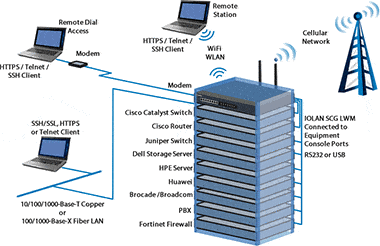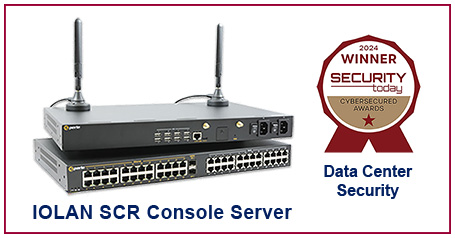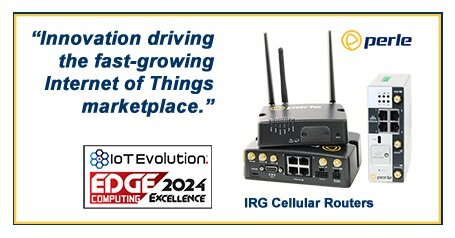
The data center industry continues to warm up to liquid cooling
By Donna DonnowitzDecember 26, 2014
Adoption calms hydrophobia resistance
One of the biggest reasons that liquid cooling has failed to emerge as a more popular implementation for the data center is the fear by IT staffs that getting computer parts near liquid is inherently risky business. However, not all liquid cooling solutions utilize immersion, and those that do have shown to greatly reduce the long-term costs of operating a data center. These feelings may shift as liquid cooling becomes the go-to temperature control strategy for the world's largest data facilities. Some may even apply a hybrid approach, such as using a remote console server to take advantage of a few liquid-immersed servers running at a different location.
Perle's wide range of 1 to 48 port Perle Console Servers provide data center managers and network administrators with secure remote management of any device with a serial console port. Plus, they are the only truly fault tolerant Console Servers on the market with the advanced security functionality needed to easily perform secure remote data center management and out-of-band management of IT assets from anywhere in the world.



